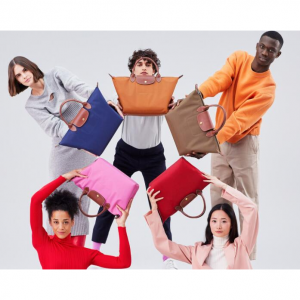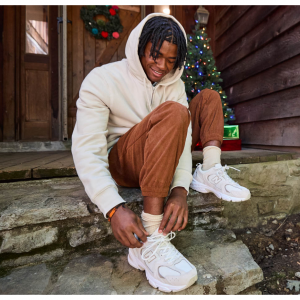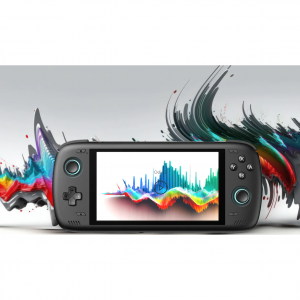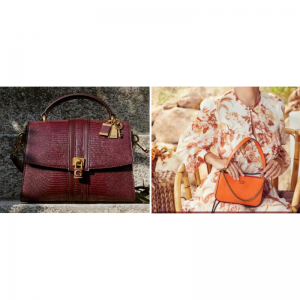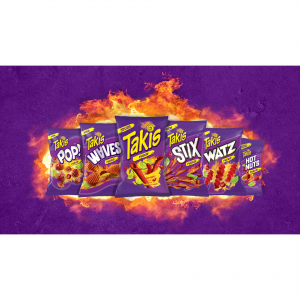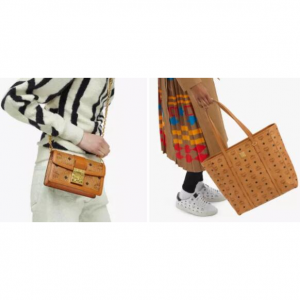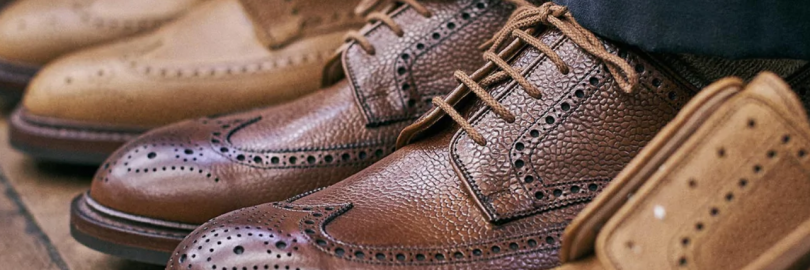
Oxfords vs. Derbys vs. Brogues vs. Loafers: What are the Differences? Which to Choose?
Oxfords vs. Brogues vs. Derbys vs. Loafers: What are the Differences?
1. Oxfords
1)What is an Oxford shoe style?
Oxford shoes had their first appearance on campus in the form of a half-boot called the Oxonian, which was extremely popular in the 1800s.Students, tired of the rigid boots with high heels, decided to look for another type of shoe that would be more comfortable to wear on campus. They took the Oxonian boot and added side slits which eventually evolved into laces. These laces on the side were later moved to the instep. Also, the boot’s heel was lowered. After they became a fashion success at Oxford University, they were imported to America at the turn of the 19th century, when American businessmen were trying to reflect cosmopolitan looks.
Oxford shoes are an elegant dress shoe that characterised by the shoelace eyelets being under the vamp, or upper part of the shoe; a feature often called “closed lacing”. This design feature creates a slim-fitting shoe that allows the leather upper to close tightly to the foot.
Oxfords are a traditional men’s dress shoes, but the classic shoe has evolved to become part of women’s fashion. The iconic shoe is available in a range of textures, including patent leather, calf leather, suede, and canvas.
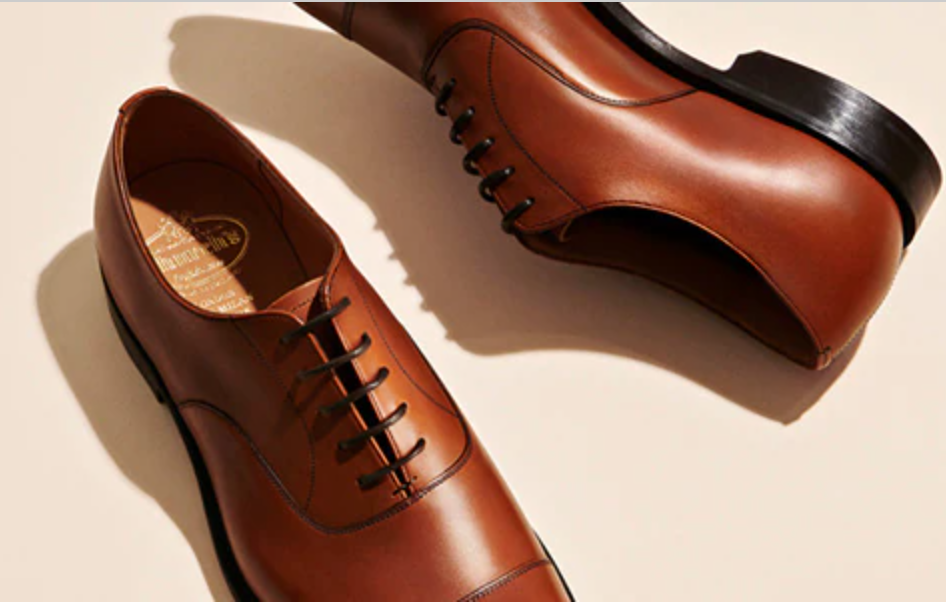
2)Types of Oxford Shoes
There are many types of oxford shoes for men featuring different shapes, designs, and patterns. However, here are the most popular types.
Classic Oxford
Also known as plain-toe Oxfords, this style is more formal than other Oxford shoes. With minimal detailing and no cap on the toe, these formal shoes-especially dark brown and black Oxfords.
Cap-toe Oxford
Cap-toe Oxfords are named after the piece of leather stitched over the toe box, which creates a “cap.”
Wingtip Oxford
Sometimes referred to as brogue Oxfords (for their decorative perforations, also called broguing), this particular pair of shoes has wingtips that extend along the side of the shoe, followed by a pointed toe cap with an “M” or “W” shape.
Balmoral Oxford
Much like the wingtip, the Balmoral design features an extended, M-shaped toe cap. However, it lacks broguing, making it better suited to a range of smart situations including job interviews and dressy evening meals.
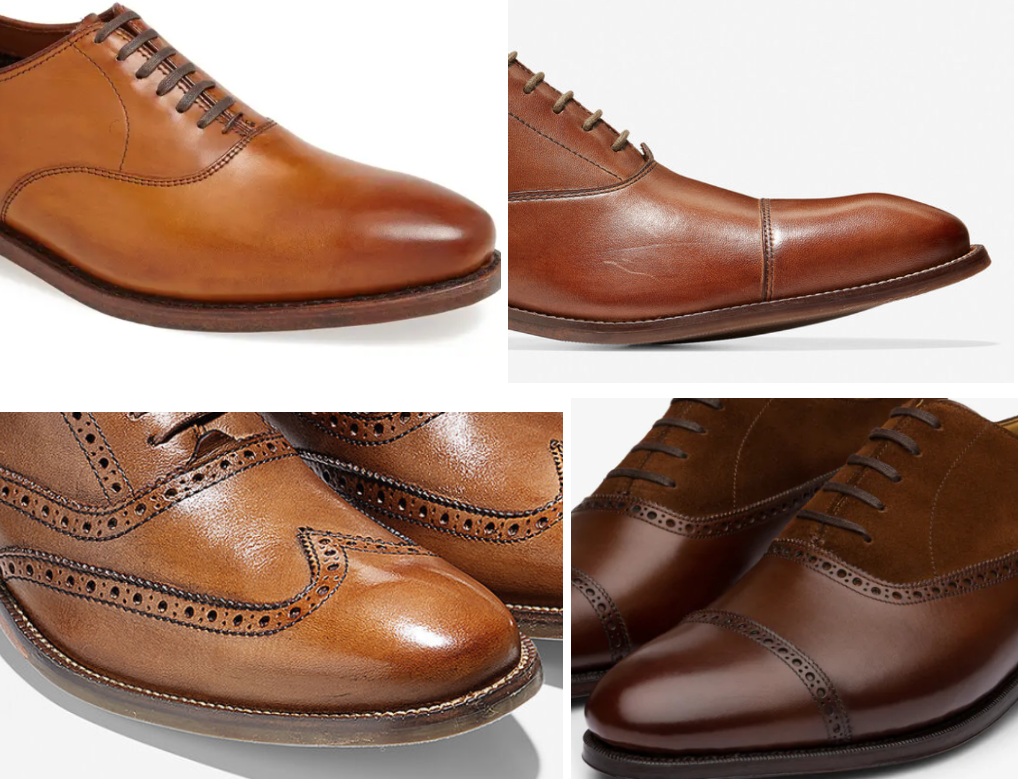
3)How to style Oxford shoes?
Oxford shoes are the most reliable formal shoes for men that can be paired with any kind of formal outfit.You can wear these shoes for parties and other festive occasions. You can also wear them for meetings, office parties and with literally anything from your formal wardrobe.
Plain-toe Oxfords pair well with formal attire, like tuxedos; Cap-toe Oxfords feature a seam across the toe and are a mainstay in office attire; Cap-toes are perfect for work attire (think chinos and a blazer) and other events that call for smart casual attire. Wingtip Oxford shoes are not as formal as cap-toe Oxfords, but they're a great option for a night out on the town or a networking event.
Saving Tip: If you like online shopping, don't forget to sign up at Extrabux!(What is Extrabux) , then you can enjoy up to 30+% cashback on your purchase from Extrabux! Sign-Up Bonus: Free to join it & get $20 welcome bonus! Student Benefits:As long as you are a student at school, you can get a free whole year long VIP Card worth $199.
Extrabux.com cooperates with many merchants, such as: Walmart (Up to 4% cashback), Sephora(4% -5% cash back), Moosejaw (5% -6% cash back), LOOKFANTASTIC (Up to 10% cash back), Sam's Club (Up to 15% cashback), Norton(Up to 20% cashback), Microsoft (Up to 7% cash back) and so on. You can save on buying daily necessities, fashion, beauty, electronic products, broadband installation, mobile communication, air tickets, hotels and other aspects of life!
2. Derby
1) What type of shoe is a Derby?
The roots of the derby shoe are not entirely clear. Some trace it back to the 12th Earl of Derby who was also the namesake for the famous horse race. Others trace its history back to the 14th Earl of Derby who was portly and supposedly had big feet, which made it difficult for him to get into boots. Therefore, his bootmaker created an open lace boot style that allowed him to put on his boots more easily.
Then, there’s the story that Derbys were inspired by Prussian Field Marshal Gebhard Leberecht von Blücher, during the Napoleonic wars. He didn't like the cumbersome boots his troops had to trudge around in, so he ordered something more comfortable to be made.

2) Types of Derby Shoes
Derby shoes are neither too formal nor too casual, and therefore can be paired with almost anything in your wardrobe. There are three major types of derbies. Some of these are also a blend with the oxfords or brogues.
The Plain Derby
The plain derby consists of a vamp and quarters and does not feature any other embellishments such as broguing, cap toes or heel caps. This is considered the most formal among the various types of derbys and is usually available in black. The more casual versions come in suede leather.
The Cap Toe Derby
The cap toe derby may or may not feature broguing, though more often than not the broguing is usually restricted to the edge of the toe cap but sometimes you also see medallions. They usually do not feature heel caps though some do. The cap toe derby is a bit less formal than a plain derby.
The Wingtip Derby/ Brogue
It's considered the most informal of the lot and available in various types of leathers, they are quite versatile. These have the pointed toe cap (shaped like a ‘W’ or a ‘M’ or ‘U’) with extensions that can either extend along both sides of the shoe or stop just short of the heel cap and are thus called wingtips. They feature broguing both on the edges and in the center and have heel caps when the wings don’t extend along both sides of the shoe.

3) How to style Derby shoes?
The derby is more of a crossover shoe that straddles the formal and informal world pretty efficiently. These shoes can be worn with casual outfits as they are slightly less formal than the oxfords. You cam wear these for date nights, wedding functions or any other semi-formal setting.
Generally, the plain derby is the most formal among the lot and can be worn with your day suits or casual combinations. The cap toe derby is a more casual option and should traditionally only be worn with combinations or casual outfits, rather than suits. They also go well with denim, adding a touch of formality to the outfit that demands a shirt rather than a polo shirt or T-shirt.
3. Brogues
1) What are Brogue shoes?
Brogue shoes are a versatile walking shoe that has been around since the late 1700s. The term ‘brogue’ is an Irish term for dress shoes for men that features decorative elements known as broguing. Brogue shoes feature unique perforations and details that can give character and style to your formal or casual look. These decorative perforations were originally seen on Scottish and Irish boots that were used for outdoor or country footwear, though the wearing of a brogue has evolved over time to become appropriate in many instances.
Although the classic brogue is a brown leather design, there are now multiple colors, styles, and materials available, including patent leather and suede. It can be suitable for most occasions. Aesthetically similar to oxfords and derbies, the presence of broguing or decorative details is what makes it different.

2) Types of Brogues
How much perforation seen on the leather pieces of the shoe determines what level of the brogue. Full-brogues or wingtip, semi-brogues, and quarter-brogues are most commonly.
Full brogues
Also known as wingtip brogues, full brogues are the most iconic of the styles and feature a pointed toe cap with wing-like extensions that run along both sides of the shoe. When viewed from the top the toe cap looks as though it has a ‘W’ or “M” shape.
Semi-brogues
Also known as half brogues, semi-brogues have a perforated and serrated edge along the bottom of the straight toe cap and perforations in the center. Half brogues tend to be more formal than full brogues but can suit a variety of outfits.
Quarter brogues
quarter-brogues have a straight toe cap and perforations along the shoe's edges. Quarter brogues pair well with formal attire for black tie events or other business and formal occasions.

3) How to style Brogue shoes
Brogue shoes are not considered as formal as oxfords or derby shoes, nonetheless, they are quite versatile. They are the best shoes to be worn for formal as well as casual settings. It's styling totally depends on the type of pair you choose.
Brogue shoes can be worn with indo-western looks, casual shirts, simple T-shirts, slim blue jeans or even formal blazers. These days the classic brogue can even be worn with business attire or a two-piece suit.
4. Loafers
1) What are Loafers?
The loafer has multiple origin stories. However, menswear and clothing historians are largely in consensus that loafers: Came from an English royal commission for a new form of house shoe, and/or Had their beginnings when a Norwegian man, Nils Gregoriusson Tveranger, hybridized traditional Native American and Norwegian footwear.
Loafers are shoes that do not utilize a lacing or fastening system and are instead simply slipped on the foot. For this reason, they are also sometimes referred to as slip-ons. Usually, they have a low heel or no heel. Often they come with a saddle, which is an ornament like a strap of leather, or a metallic piece like a horsebit. They are a style for men, women, and children and can be casual or dress shoes.
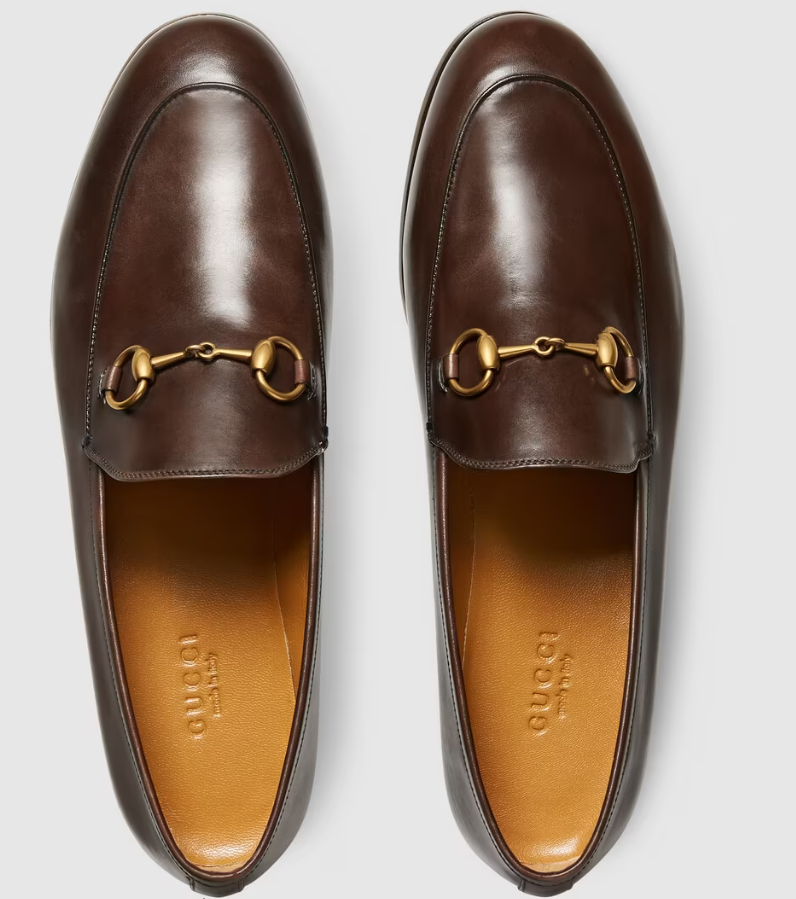
2) Types of Loafers
Penny Loafers
This style has a leather strap across the forefoot with a diamond-shaped slot big enough to hold a penny. They've been a popular men's shoe since the 1950s.
Tassel or Kiltie Loafers
This slip-on style was developed by the Alden Shoe Company and then popularized by Brooks Brothers. It has a decorative lace with tassels on the top.
Moc Loafers
These have overcast stitching that is similar to traditional moccasins.
Apron Loafers
An apron-shaped piece of leather and a lacing is seen over the forefoot.
Gucci Loafers
Gucci introduced a loafer with a brass strap and produced them in black, making them suitable for businesswear. Gucci loafers for women also became very popular.
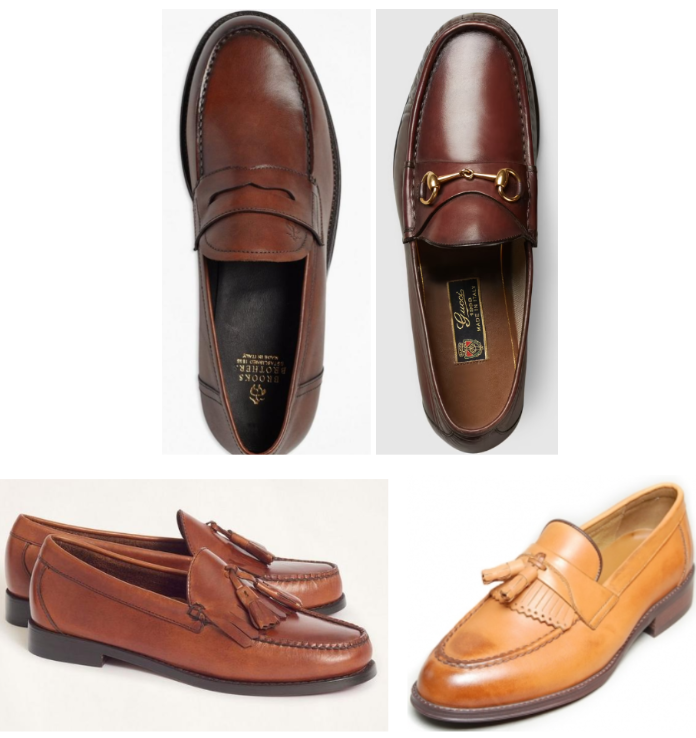
3) How to style Loafers?
Loafers are not formal shoes, but they look fantastic with a coat and tie. You can add a little flairout with a pair of tasseled loafers to match your slacks.
If your office doesn't require a suit, you can wear loafers with khakis and cords. This should definitely be a look you have in your closet because it works for almost any situation.
Sportcoats also look great with jeans and loafers, and a nice dress shirt also does. Both of these work perfectly with tasseled, and non-tasseled loafers as a casual shoe choice.
What is the difference between Derbys and Oxfords?
While the oxford has a closed lacing system, the derby has an open lacing system in form of two quarters that are sewn on to the vamp. The closed lacing system is considered to be the more formal than the open lacing system. Thus one can safely say that the derby is a bit more casual than the oxford but both the oxford and the derby are considered to be formal wear. The level of formality will be determined by the colour, and the details you add. For example, when adding broguing to your oxfords you will make them more casual.
When lacing derby shoes there is more margin to fasten the lacing loose of tight. Probably this is one of the reasons why derby shoes are a more standard and slightly more versatile choice.
| Shoe Type | Features |
Oxfords |
|
Derbys |
|
What is the difference between Oxford shoes and Brogues?
Due to a confusion of terminology, people may make the mistake of believing that these are two entirely different types of shoe. The truth is, an Oxford shoe can be a brogue, and many brogues are Oxfords.
The key difference between Oxfords and brogues is that each refers to something different in shoe design. An Oxford only refers to the lacing, and so whether you use the Oxford closed lacing or the Derby open lacing, you may still have broguing on the leather to make the shoe a brogue.
Conclusion
Oxfords vs. Derby vs. Brogues vs. Loafers: Which Shoe Is Right For You?
By now you've probably determined if you're more of an Oxford, Derby, Brogue or Loafer man. Or, you might appreciate what each style has to offer and can see yourself with all in your rotation.
Keep in mind that each style can change completely depending on the type of leather used, the amount of ornamentation and the color. These are important factors to consider when deciding on which shoe to wear when.
Best Oxfords, Derbys, Brogues and Loafers brands for you
1) Church’s
With roots in Northampton, England, a town known for its leather and footwear industry, Church’s’ dedication to craftsmanship is at the heart of the brand. Nobody was wearing Oxfords back then, but they have since the 1800s, when this firm came up with the bright idea of wearing different shaped shoes on our left and right feet. Traditional shoes sit alongside contemporary designs. Discover classic leather loafers and Oxfords in black and tan finishes.

Where to buy cheapest?
church-footwear.com (6.5-8% cashback)
saksfifthavenue.com (2.5-3% cashback)
2) Scarosso
Handmade by master artisans in Le Marche, Scarosso is a brand that does not compromise on quality. Making elegant shoes and accessories, this brand focusses on timeless essentials crafted from the finest leathers. Find classic Chelsea boots and loafers as well as contemporary trainers.

Where to buy cheapest?
scarosso.com (6-8% cash back)
farfetch.com (3.2-4% cashback)
3) Crockett & Jones
Based in the heart of England's historic shoemaking capital of Northampton, Crockett & Jones is one of only three cobblers awarded a prestigious Royal Warrant and has remained a family-owned business for five generations. Epitomising fine British craftsmanship since its founding in 1879, the heritage label’s shoes take eight weeks to craft in a process that uses the hands of over 200 skilled artisans and leather sourced from Europe's most esteemed tanneries.

Where to buy cheapest?
farfetch.com (3.2-4% cashback)
4) John Lobb
An undisputed giant of British shoemaking, John Lobb is a traditional family firm with a truly global reach. It's owned by Hermès these days, but five generations of the Lobb family have been crafting high-quality footwear since it first set up shop in London in 1863. Expect nothing but the hardiest leathers that nevertheless feel slipper-soft on your feet in these men's Oxfords. An in-house repair service also means these shoes could conceivably last you a lifetime.
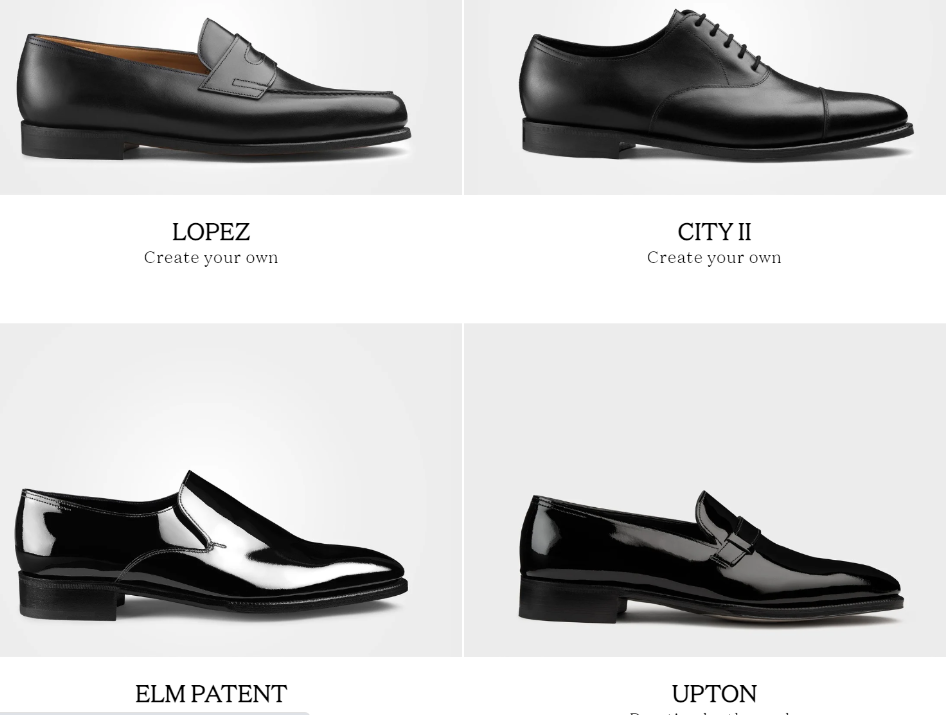
Where to buy cheapest?
neimanmarcus.com (2.5-3% cashback)
mrporter.com (6.5-8% cashback)
5) Bally
Swiss label Bally has been moving the needle within fashion since its launch in 1851. A rich shoemaking DNA is embedded into each design, cultivated from decades of specialist leather craftsmanship. Bringing traditional silhouettes to the present day with contemporary details, their Derby, Loafer shoes all specially handcrafted by skilled, multi-generational artisans in the heart of Switzerland.

Where to buy cheapest?
farfetch.com (3.2-4% cashback)
6) Tricker's
Nothing says British heritage like Tricker's shoes. One of the longest established shoemakers in England, Trickers boots, oxfords and brogues are built to the same standard as they were in 1829 – unrivalled quality, incomparable comfort, individuality and irreproachable character. Bringing fine craftsmanship to the world, slip into a pair of tassel loafers for a truly classic look.

Where to buy cheapest?
farfetch.com (3.2-4% cashback)
endclothing.com (2.5-3% cashback)
7) Kenneth Cole
Founding his eponymous label in 1982, American designer Kenneth Cole is known for his clean and dark minimalism. His leather punched toe-cap Oxford shoes, in tan and grey, feature rubber soles and are ideal work shoes at a reasonable price. Always affordable and offering plenty of options,Kenneth Cole is the brand to prioritize if budget and choice are your main criteria.

Where to buy cheapest?
kennethcole.com (5-6% cashback)
macys.com (2.5-3% cashback)
I'm sure you have found the one that you want!Sign up at Extrabux, then you can enjoy up to 8% cashback on your order at these websites!
Read More:
Jimmy Choo vs. Manolo Blahnik vs. Louboutin vs. Gucci Shoes: Which Brand is the Best?
Wolf & Shepherd vs. Cole Haan vs. Amberjack vs. Allen Edmonds: Which Brand is the Best?
Skims vs. Spanx vs. Honeylove vs. Yitty: Which Makes the Best Shapewear Brand for Women?
OOFOS vs. Hoka vs. Crocs vs. Birkenstock: Which is Best Suitable to You?
Lucky Brand vs. Levi's vs. 7 For All Mankind vs.True Religion: Which Brand of Jeans is the Best?
Balenciaga Triple S vs. Track vs. Gucci Rhyton: Which Dad Shoes to Choose in 2024?
Top & Best 8 Classic Canvas Shoes That Will Never Go Out Of Style
Where To Buy Gucci The Cheapest in 2024? (Cheapest Country, Discount, Price, VAT Rate & Tax Refund)
Where To Buy Tiffany Jewelry The Cheapest in 2024? (Cheapest Country, Price, VAT Rate & Tax Refund)
Where To Buy Dior Bag The Cheapest in 2024? (Cheapest Country, Price, VAT Rate & Tax Refund)
Fenty Beauty vs. Kylie Cosmetics vs. Rare Beauty: Which One Wins?
Ralph Lauren vs. Polo Ralph Lauren vs. U.S. Polo Assn: What are the Differences?
Brooks Brothers vs. Ralph Lauren vs. Men's Wearhouse vs. Jos A Bank: Which Brand is the Best?
Goyard St Louis vs. Louis Vuitton Neverfull vs. Longchamp Tote: Which Will Stand the Test of Time?
Coach vs Tory Burch vs MCM Bag: Which Brand Is The Best? (History, Quality, Price & Design)
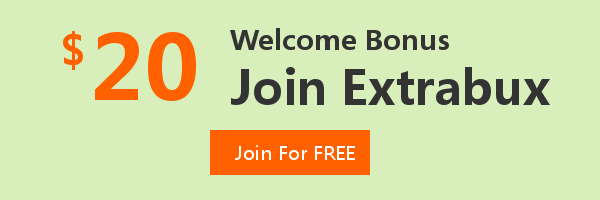
Extrabux is an international cashback shopping site, offering up to 30% cashback from 10,000+ Stores!
24S, SSENSE, MATCHESFASHION.COM, Shopbop, NET-A-PORTER, FARFETCH, YOOX, Eastbay, End Clothing, Macys, Neiman Marcus, Saks Fifth Avenue, Saks OFF 5TH, Bergdorf Goodman, Selfridges, Bloomingdales, Coggles, Harrods, Kohl's, Urban Outfitters, ASOS, Missguided, etc.
Join to get $20 welcome bonus now! (How does Welcome Bonus work?)
Recommendation
-
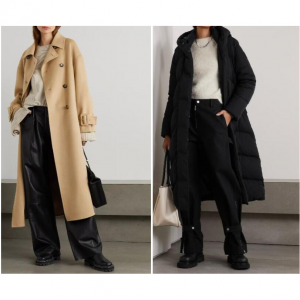
10 Best & Stylish Winter Coats for Women on NET-A-PORTER in 2024
-

Top 12 Items That Are Always Cheaper at Sam's Club!
-

Top & Best 12 Sneaker Apps/Websites for Raffles, Releases & Restocks in 2024
-

7 Best Gift Card Exchange Sites - Buy, Sell and Trade Discount Gift Card Safely and Instanly!
-
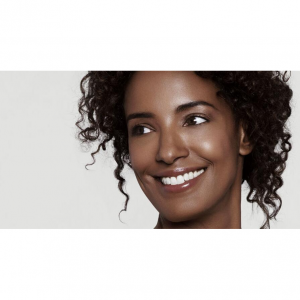
Top 9 Professional Skincare Brands for Licensed Estheticians 2024

